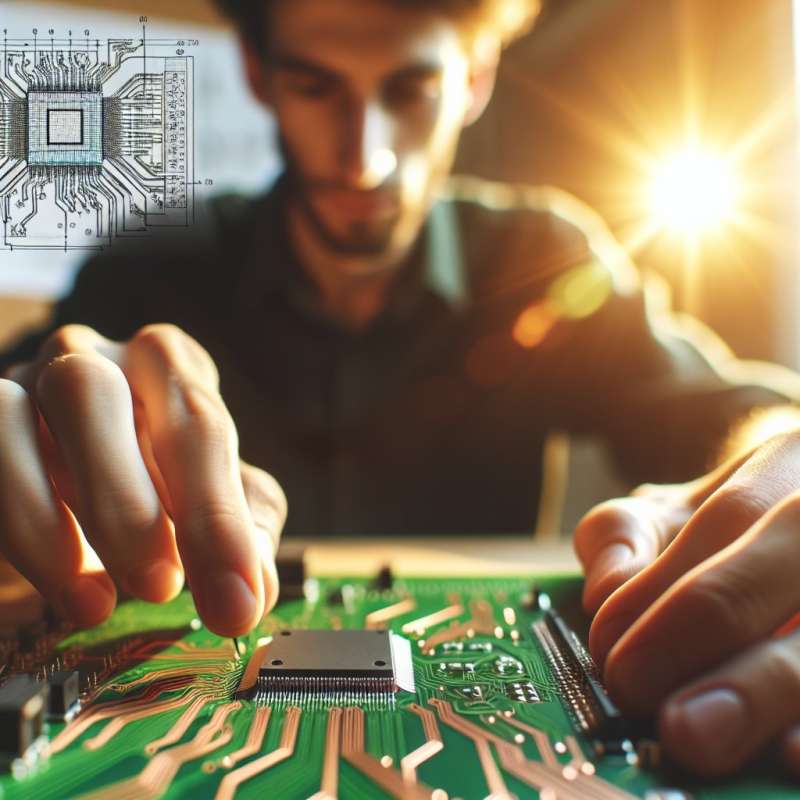
Introduction to Circuit Design
Circuit design is an engineering field focused on creating electrical circuits that process and transmit information. It's the foundation for all electronic devices, from smartphones to satellites.
Essential Circuit Components
Every circuit consists of basic components: resistors control current flow, capacitors store electric charge, inductors impede changes in current, and transistors switch and amplify signals.
Schematic Symbols & Diagrams
Circuit schematics use standardized symbols to represent components, enabling universal understanding. Mastery of these symbols is crucial for designing and interpreting circuit diagrams efficiently.
Analog vs Digital Circuits
Analog circuits process continuous signals, while digital circuits work with discrete levels, often binary. This distinction affects design considerations, like noise susceptibility and signal processing techniques.
Circuit Simulation Software
Before physical prototyping, designers use software like SPICE to simulate and analyze circuit behavior. This complex software can predict performance under various conditions, saving time and resources.
Printed Circuit Board (PCB) Layout
PCB design translates schematics into a physical board layout. Effective PCB design minimizes noise, avoids signal interference, and optimizes space and material use.
Thermal Management in Circuits
Heat dissipation is critical. Components like heat sinks and thermal vias are used to manage temperatures, ensuring reliability and preventing damage from overheating.
What is circuit design's primary focus?
Creating mechanical systems
Electrical circuits for info processing
Studying natural electrical phenomena
Company